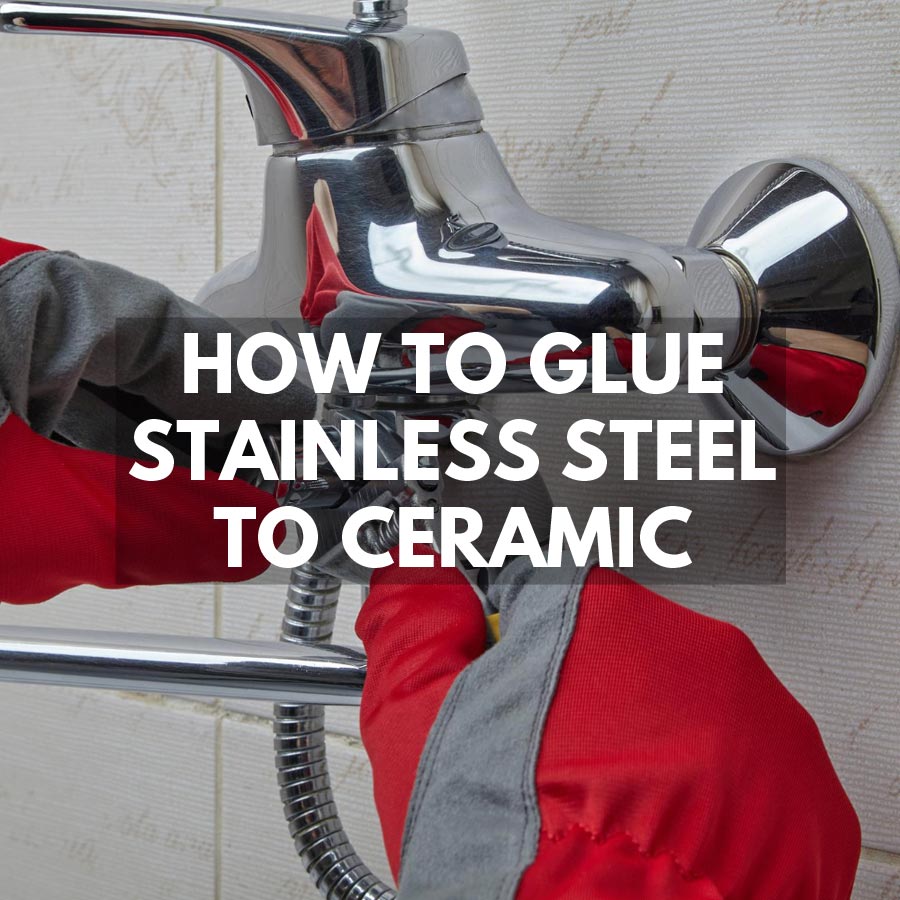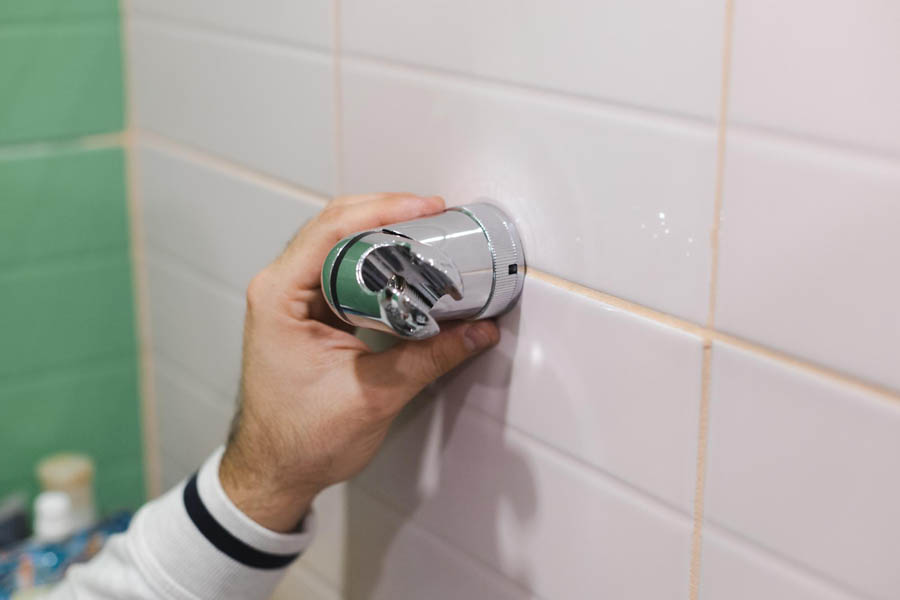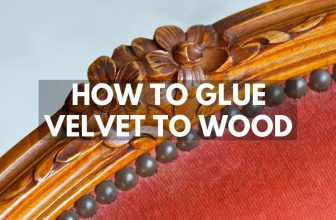
How to Glue Stainless Steel to Ceramic
The best-recommended adhesives to glue stainless steel to ceramic include epoxy resin, silicone adhesive, and polyurethane adhesive. It will be a must to choose a brand that is especially recommended for gluing these two surfaces together.
All of these adhesives are perfect for creating an excellent bond, although they will also require 12 to 24 hours to have the best adhesion possible. Preparation and cleaning of these surfaces will also rely heavily on taking steps before gluing them together.
Choosing which glue works best to glue stainless steel and ceramic together means taking the time to allow these adhesives to work best. This information will provide an insight into how each of these adhesives is working.
What Glue Can You Use for Stainless Steel to Ceramic?
When gluing stainless steel to ceramic tiles or surfaces you don’t want to make a costly mistake that damages the tile
Silicone Adhesive
Stainless steel is glued to ceramic surfaces using silicone adhesive only. Other forms of silicone caulking will not work in this case and only those that are meant for gluing steel to ceramic are formulated to work better. Silicone adhesive comes as a single component paste-like glue that’s sold in a tube. There is not much need to prep surfaces, but that doesn’t prevent some minor preparation beforehand.
Since silicone adhesive has other additives, the need for ventilation will be required to help it to cure and keep the working area free from vinegar-like fumes. Silicone adhesive is optimal when time is short but there is enough time allowed for post-curing.
Epoxy Adhesive
There are epoxy resins that are meant for rigid and semi-flexible usage. The epoxy resin that is best applied to gluing stainless steel to ceramic is better when semi-flexible glues such as Copps K-550 and Hardman epoxy resin systems are employed. It is possible to use regular epoxy resin if the conditions do not require a lot of handling. There is also some special care that is needed for using epoxy resin to reduce the chances of poor adhesion.
It will be advised to use some minor clamping or optimal horizontal angles to reduce dripping. Epoxy resin also works best when there is ample time to allow for the epoxy to cure properly.
Polyurethane Adhesive
The use of polyurethane adhesive for gluing stainless steel to ceramic is better when the brand and intended use is sticking to select types of polyurethane adhesive. Gorilla Glue construction adhesive and Alcolin waterproof glue are excellent choices. There is also Liquid Nail LN-950 or 3Ms construction adhesive that also works well. The preparation to glue these surfaces together is minimal however the curing time depends on weather conditions.
The adhesive quality of polyurethane glue will provide the perfect solution for long-term bonding. This type of adhesive is also slightly semi-flexible which allows for items that are glued to remain bonded together and are good for handling.

How to Prepare Stainless Steel to Ceramic Before Gluing
Stainless steel and ceramic surfaces that are being glued together must be properly cleaned of any surface oil. Using isopropyl alcohol or acetone, clean away anything on the surfaces and allow these to dry. To get maximum adhesion, these surfaces that will be bonded can be prepped using 750-grit or higher sandpaper. Since these surfaces are naturally harder to sand, finer sandpaper must be used.
Where parts are physically glued together, the spots where there are any exposed polished surfaces are seen means that any sanding for these surfaces must be carefully done. This helps to maintain the natural beauty of art pieces that are meant to appear professional.
How to Apply Glue for Stainless Steel to Ceramic
As most of the adhesives for gluing stainless steel to ceramic will be somewhat thick like paste, a spatula tool is used to put the adhesive into the surface of either material. A pop stick is a good choice whereas a plastic spackle scraper is better for larger pieces. These adhesives come from tubes, so these can be squeezed onto a plastic surface and then applied using an application tool.
It’s best to apply these glues on a horizontal surface to minimize movement while curing takes place. If the object is vertical, then you do need to use masking tape of spring-loaded clamps to keep pieces from slipping down or off of their position.
How to Cure Stainless Steel to Ceramic Glue
Each of these adhesives mentioned here will take at least 24 hours to completely cure except for conditions that will help them to cure faster. Warm rooms (75 degrees Fahrenheit +) are best to speed up the curing times. This works especially well for silicone and epoxy adhesives but polyurethane glue will be affected by humidity higher than 50%. This causes polyurethane glue to cure at a faster rate and reduces the curing time by 12 hours.
Each of these glues is best cured in a room with adequate airflow to reduce fumes including those from silicone adhesive. Epoxy resin has low VOCs so there are no fumes, but will need warmth to cure completely.
Which Is the Best Glue to Use?
In consideration of time, the best glue to use for short waiting periods is polyurethane adhesive or silicone glue. Epoxy resin needs at least 24 hours to form an excellent bond and is the best choice for long-term adhesion. The best advice when working with silicone glue si to work around fresh air since this adhesive has a strong vinegar smell. As far as cleanup is concerned, polyurethane glue is the easiest to clean up.
The epoxy resin must be carefully measured using the recommended parts for mixing and is typically a 50/50 mix depending on the brand.










